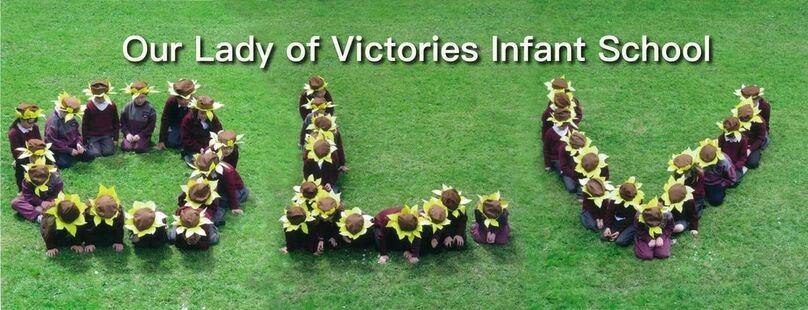Below are the steps that need to be focused on before we attempt to teach children phonemes (letter sounds). Ideally these steps should be well practiced before a child comes to school but that is not always the case so we need to make sure that every child is practiced in these steps. When teaching phonological awareness we should focus on the auditory awareness first then visual. Speech first, then print (Louisa Moats). "What you can teach in the dark" . If the child does not grasp step one they will not be able to get step 5.
For all the steps mentioned below the elkonin box makes a good resource that provides a visual aid for letter, syllable, word and sentence building, subtracting, inputting and auditory discrimination. Use as a consistent methodology the children will become more phonologically aware.
Step I - Listening for rhyme in spoken words.
“They get it faster using “silly words” than if you use pictures and real words. I had one girl who just did not understand how her name rhymed with weather (Heather) but jeather, beather, deather, peather, she understood. The real words just throw them sometimes. Once they tune in to the sound rather than the meaning of the word, then you can switch to real words. Don’t make them come up with their own rhyme right away. Use the same word family for a whole list. Don’t switch on them after one rhyme. For example cat, fat, dat, lat, rat, gat. Don’t just say cat, bat- goat, boat- hot, got. Kids who have trouble will have less if you stick with it for longer than 2 words.”
Step 2 - Awareness words in spoken sentences
Using elkonin and visuals to recognise the separate words in a sentence
Step 3 - Syllable awareness in spoken word
Step 4 - Onset and Rime in spoken word families.
Word family pictures and oral games to identify onset and rime
Step 5 - Phonemes in spoken words
- First, focus on sound, then connect learnt sound to letter, then written formation.
- Avoid quick repetition of letter sound i.e. p,p,p,p,p,p... try to say sound once.
- Be aware of voiced and unvoiced letter sounds p/b, t/d, f/v, c/g, s/z (the little 'e' sound when you say the letter sound)
- Draw children's awareness to the position of lips and tongue when making the letter sound (use a mirror)





